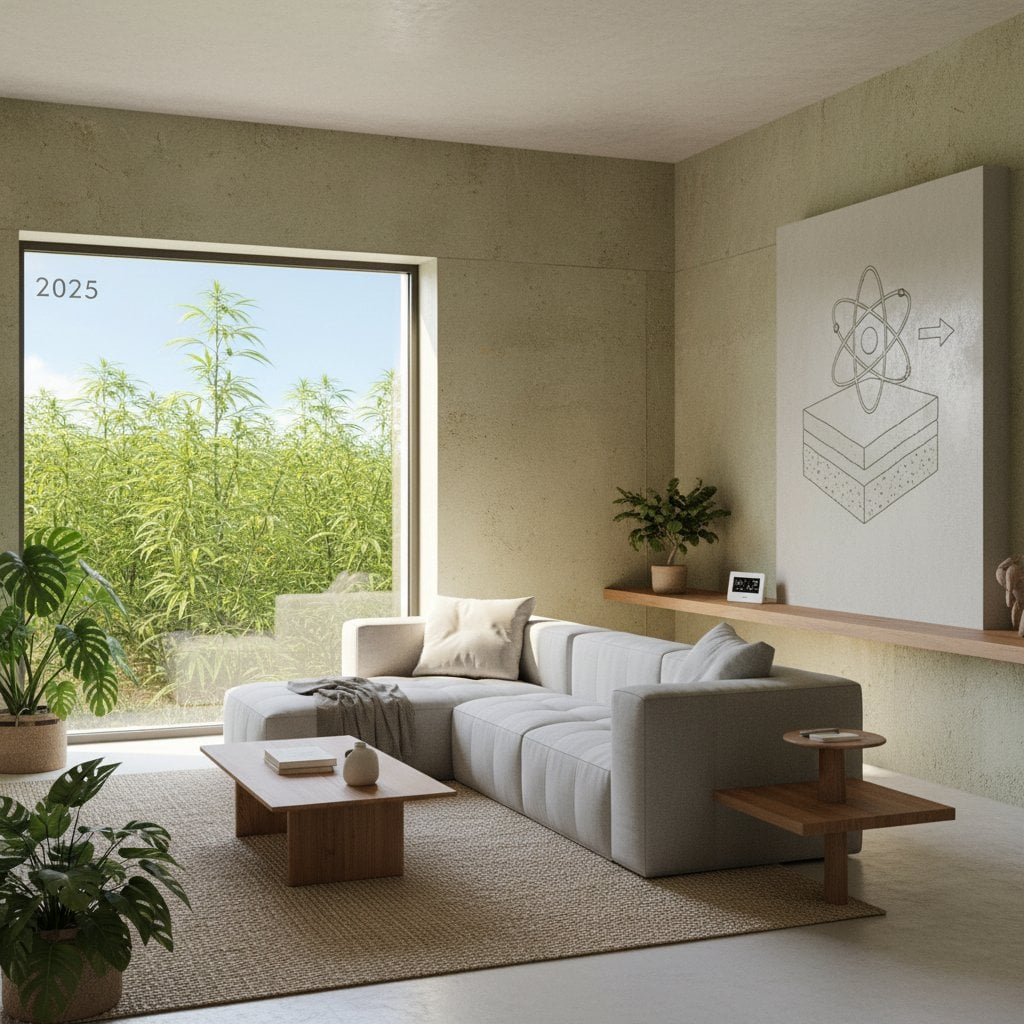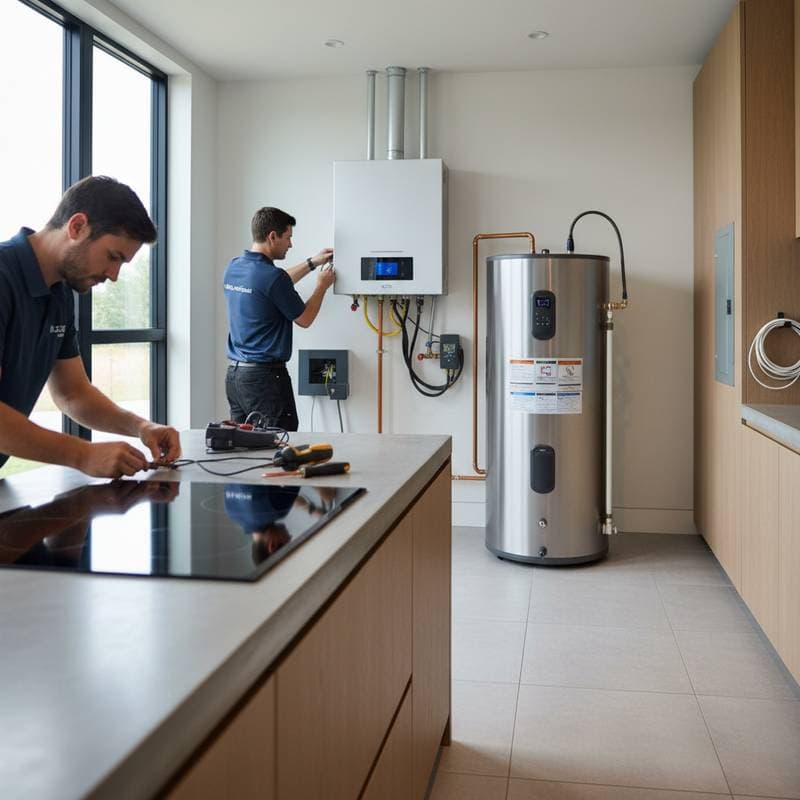Understanding the New HVAC Efficiency Standards
The United States Department of Energy has introduced updated efficiency standards for heating, ventilation, and air conditioning systems, effective in 2025. These regulations target air conditioners and heat pumps, requiring higher Seasonal Energy Efficiency Ratio (SEER) and Heating Seasonal Performance Factor (HSPF) ratings. The goal remains clear: reduce national energy consumption and curb greenhouse gas emissions while delivering tangible benefits to homeowners.
For residential systems, central air conditioners must achieve a minimum SEER of 14 in northern regions and 15 in southern areas, compared to previous benchmarks. Heat pumps face similar elevations, with HSPF requirements rising to 7.5 or higher depending on location. These changes ensure that new installations operate more effectively, converting more energy into useful heating or cooling.
Homeowners installing or replacing systems after the deadline must comply, but the standards apply broadly to manufacturers, influencing availability of non-compliant units. Early adoption provides an advantage, allowing time to budget and select optimal equipment before supply shifts occur.
Potential Impact on Your Energy Bills and Costs
Higher efficiency translates directly to lower utility expenses over time. The Department of Energy estimates that these standards will save American households billions in cumulative energy costs through 2050. For an average home, this could mean annual savings of 15 to 50 percent on heating and cooling bills, varying by climate and usage patterns.
In hot, humid southern states, where air conditioning runs extensively, a compliant unit might reduce cooling costs by 30 percent or more compared to older models. Northern households with prolonged heating seasons could see similar gains from improved heat pump performance, especially when paired with mild winters. Factors such as home size, insulation quality, and thermostat settings further influence these outcomes.
Upfront costs present the primary hurdle. Compliant systems often carry a premium of 10 to 25 percent over legacy equipment, adding several hundred dollars to the purchase price. However, federal tax credits under the Inflation Reduction Act can offset up to 30 percent of installation expenses, capped at $2,000 annually for heat pumps. Local utility rebates and state incentives may provide additional relief, making the investment more accessible.
Key Considerations for Compliance and Upgrades
Compliance extends beyond new purchases; existing systems installed before 2025 remain grandfathered, but repairs or replacements trigger the new rules. Partial retrofits, such as upgrading compressors or coils, offer a middle ground for older units, potentially extending their life while improving efficiency. Consult local building codes, as some jurisdictions enforce stricter standards.
Regional climate significantly affects savings potential. In arid Southwest regions, evaporative coolers might complement high-SEER units for hybrid efficiency. Coastal areas prone to humidity benefit from systems with enhanced dehumidification features. Assess your home's specific needs through an energy audit to identify the most suitable path forward.
Professional installation proves essential for maximizing performance. Poorly sized or installed systems waste energy and reduce lifespan. Engage certified technicians familiar with the latest standards to ensure proper airflow, refrigerant handling, and integration with existing ductwork.
Strategies to Enhance Overall Home Efficiency
HVAC performance depends on the entire home ecosystem. Address energy leaks in the building envelope to amplify the benefits of a new system. Start with a professional energy assessment to pinpoint inefficiencies, then prioritize high-impact improvements.
Insulation and Air Sealing
Thorough insulation in attics, walls, and floors minimizes heat gain or loss. Opt for spray foam in hard-to-reach areas, which provides an airtight seal and R-values up to 6.5 per inch. Cellulose or fiberglass suits budget-conscious upgrades, filling gaps effectively. Seal windows, doors, and outlets with weatherstripping and caulk to prevent drafts, potentially reducing HVAC runtime by 20 percent.
Ductwork Optimization
Leaky ducts in att vents or crawlspaces squander up to 30 percent of conditioned air. Inspect and seal joints with mastic sealant or foil tape, avoiding cloth-backed options that degrade. For unconditioned spaces like garages, insulate ducts with R-8 fiberglass sleeves to maintain temperature. Professional duct testing and balancing ensure even distribution, enhancing comfort throughout the home.
Smart Technology Integration
Install programmable or smart thermostats to automate temperature adjustments based on occupancy and schedules. Models with geofencing detect when you leave home, saving 10 to 15 percent on energy use. Zoning systems divide the house into independent areas, allowing customized control for rarely used rooms. These tools integrate seamlessly with high-efficiency HVAC, optimizing runtime without sacrificing comfort.
Renewable Energy Pairing
Combine HVAC upgrades with solar photovoltaic panels to offset electricity demands. Net metering programs credit excess solar production against usage, potentially covering 50 percent or more of HVAC power needs. Battery storage adds resilience, storing daytime generation for evening cooling peaks. This holistic approach accelerates payback periods and qualifies for enhanced incentives.
Navigating the Upgrade Process
Begin with a comprehensive home energy audit, available through utilities or certified professionals, to establish a baseline. Review available rebates and tax credits via the Database of State Incentives for Renewables and Efficiency. Compare quotes from at least three vetted contractors, verifying certifications from organizations like NATE or ACCA.
Timeline planning proves crucial; schedule installations during off-peak seasons to avoid delays and secure better pricing. Post-installation, monitor performance with energy tracking apps to verify savings and fine-tune settings. Regular maintenance, including annual filter changes and coil cleanings, sustains efficiency for 15 to 20 years.
These standards represent more than regulatory shifts; they offer a pathway to resilient, cost-effective homes. By embracing efficient HVAC alongside complementary upgrades, homeowners achieve superior comfort, financial savings, and environmental stewardship. Your upgraded system becomes the foundation of a sustainable living space, delivering reliable performance season after season.
Frequently Asked Questions
Question: How much can I realistically save on energy bills with the new HVAC standards?
Answer: Savings typically range from 15 to 50 percent annually, depending on your location, home size, and prior system efficiency. Hotter climates often yield the highest returns, with some households recouping the premium in three to five years.
Question: Do these standards apply to all homes, or just new construction?
Answer: The rules govern new installations and replacements in existing homes. Systems in place before 2025 continue operating without issue, though upgrades during repairs may require compliance.
Question: What if I cannot afford a full system replacement right now?
Answer: Explore financing options like home equity loans or utility on-bill repayment programs. Partial upgrades, such as variable-speed blowers, provide interim efficiency gains while you plan for a complete overhaul.
Question: How do I find qualified professionals for my HVAC upgrade?
Answer: Search for contractors certified by ENERGY STAR or local green building councils. Request references, review online ratings, and insist on detailed proposals outlining compliance with 2025 standards.










